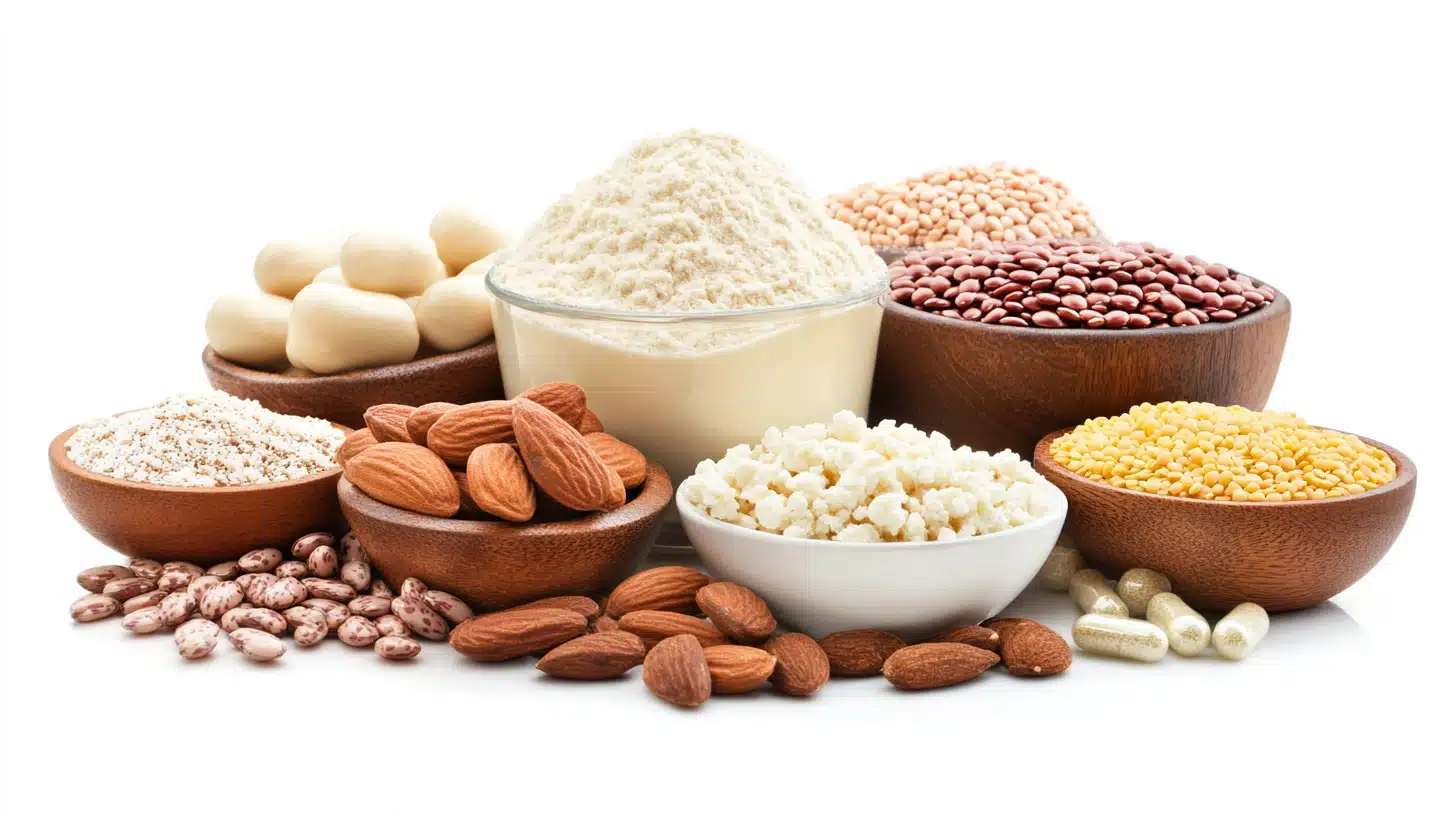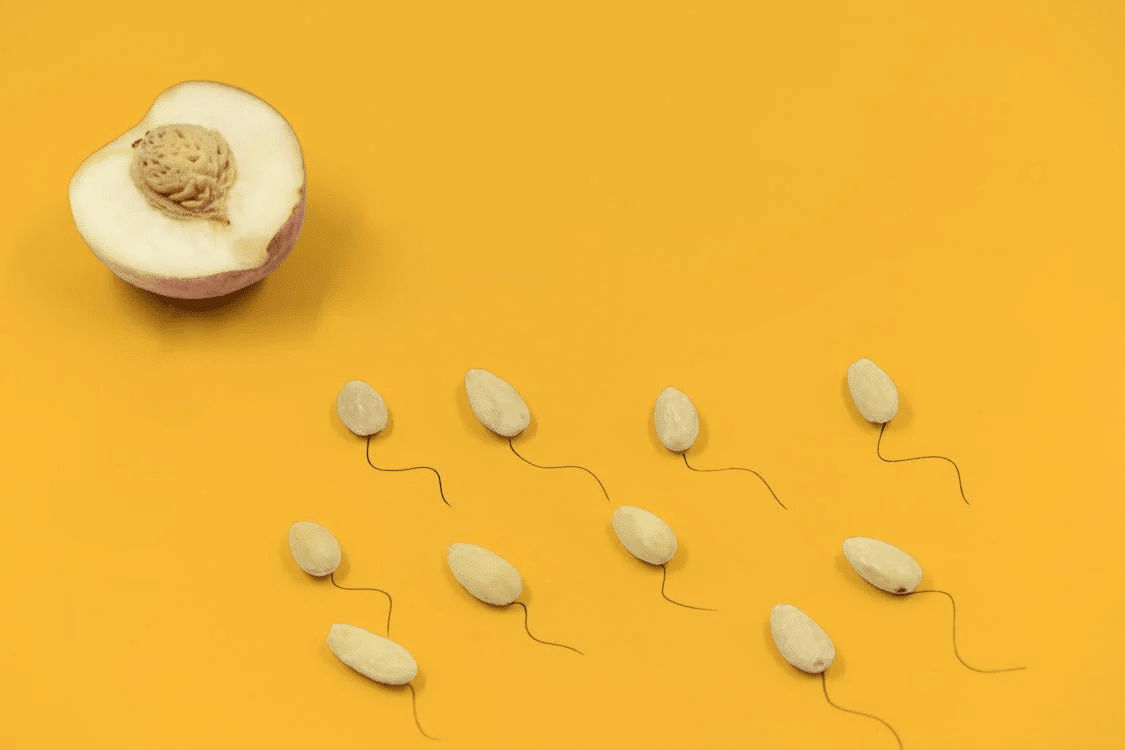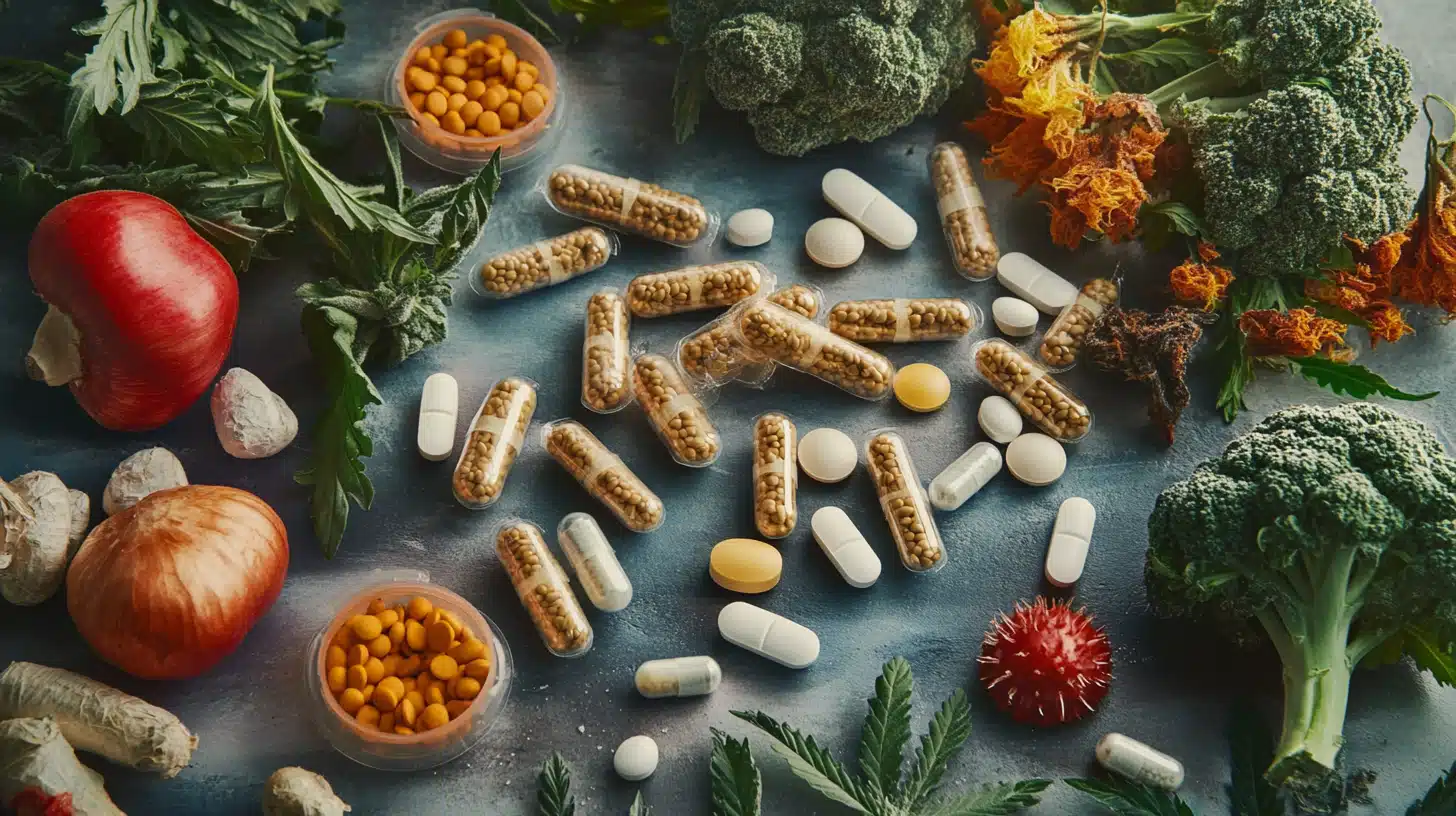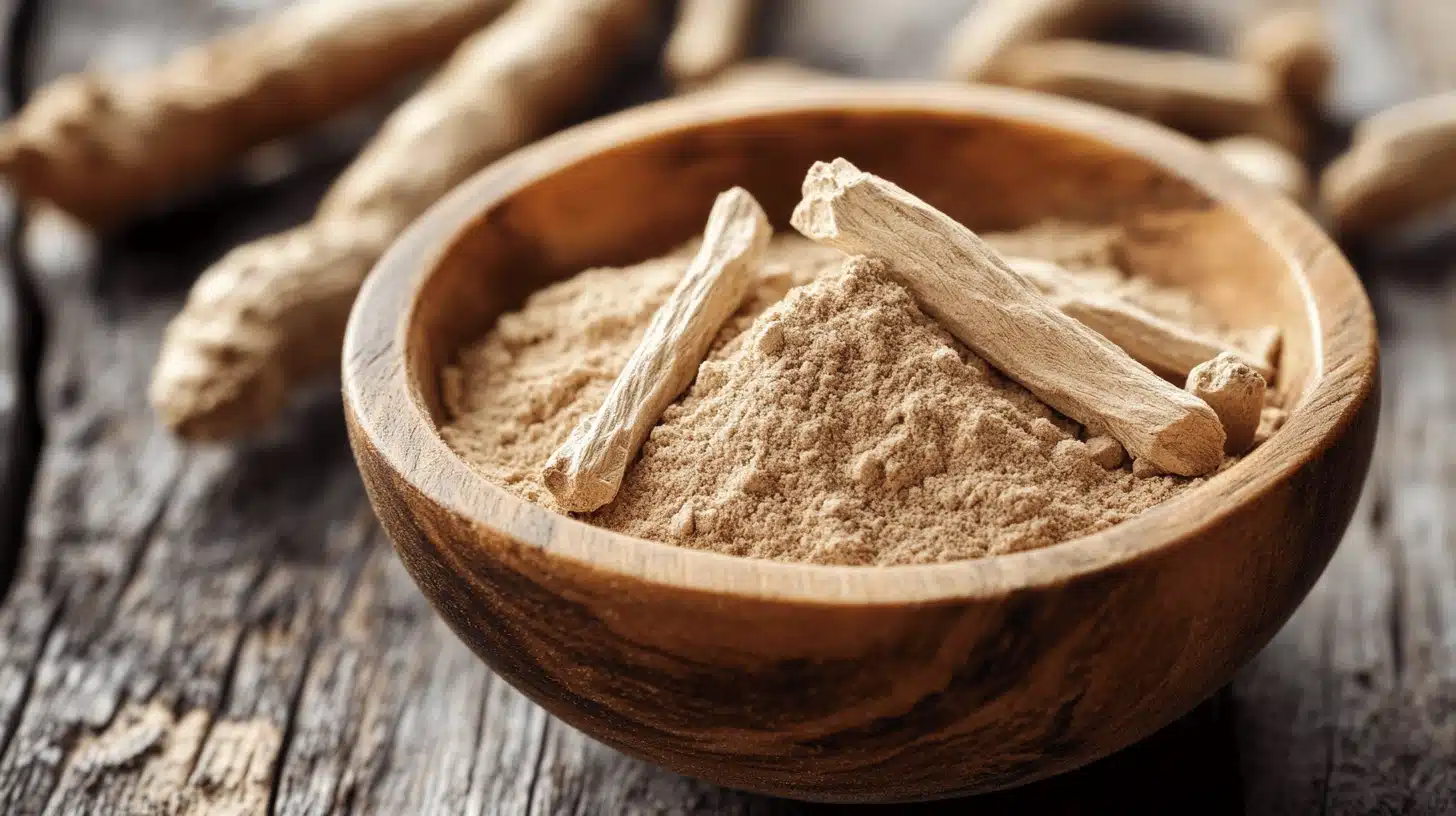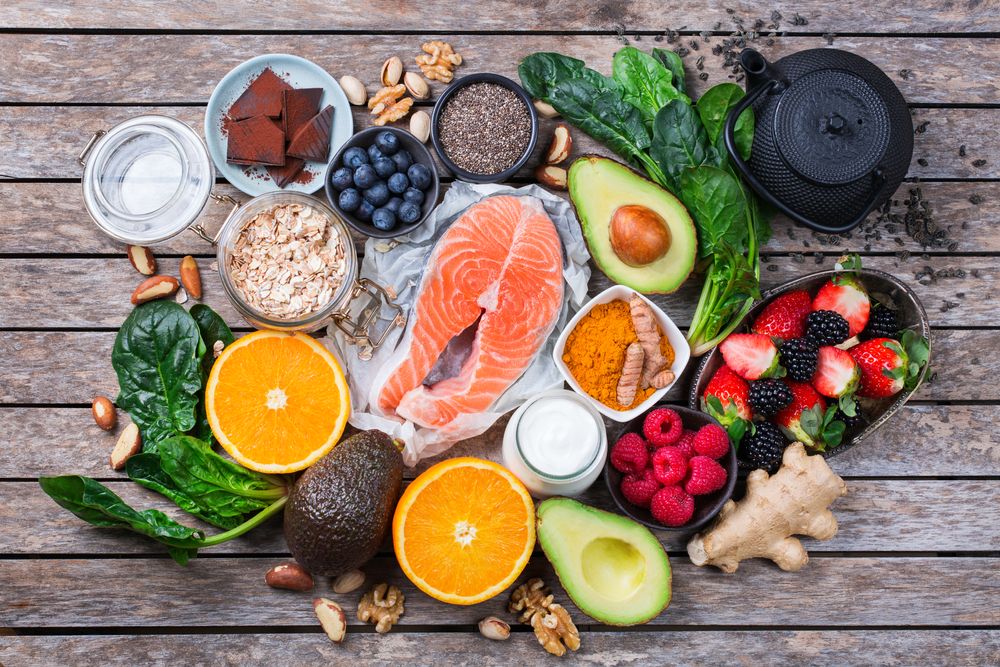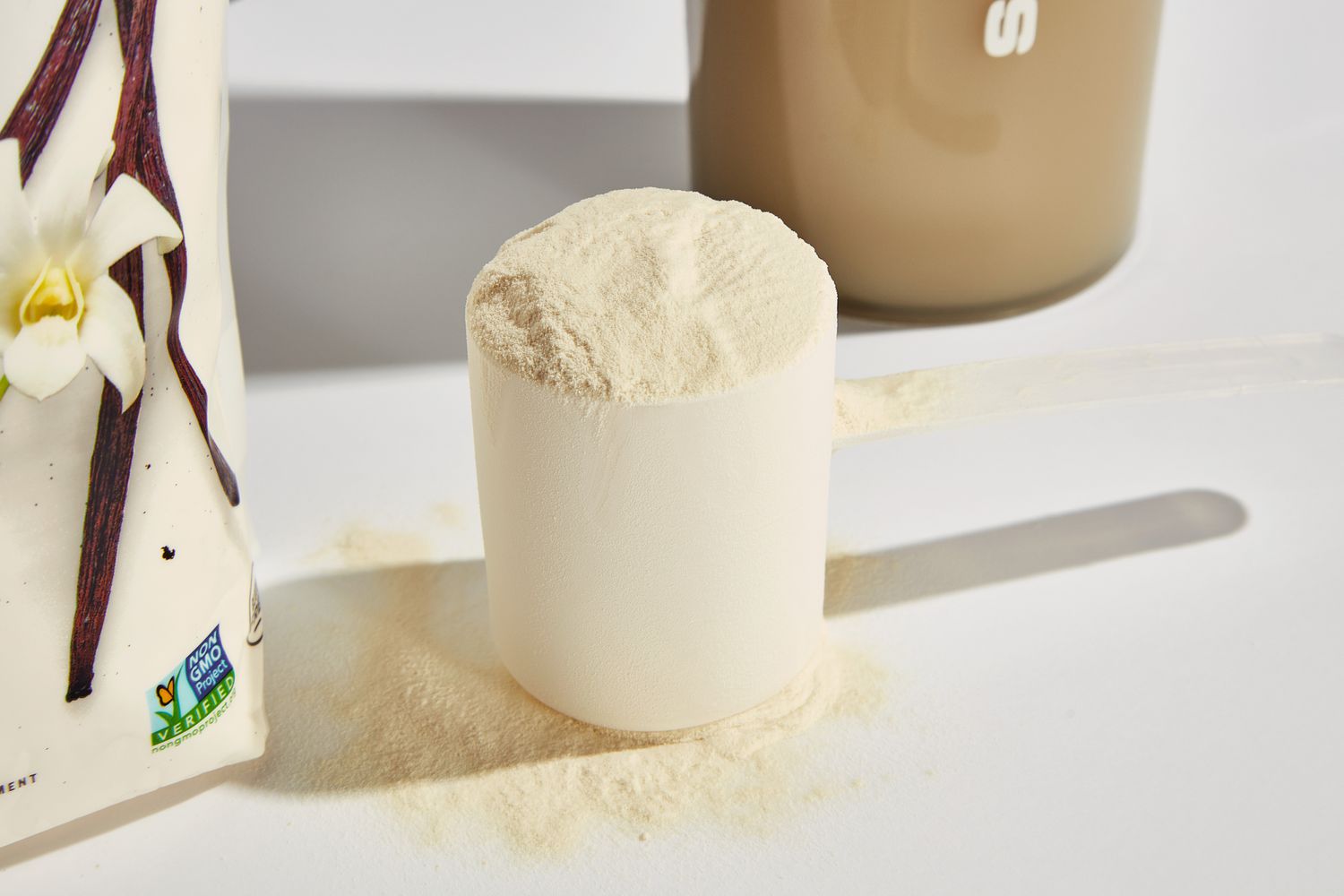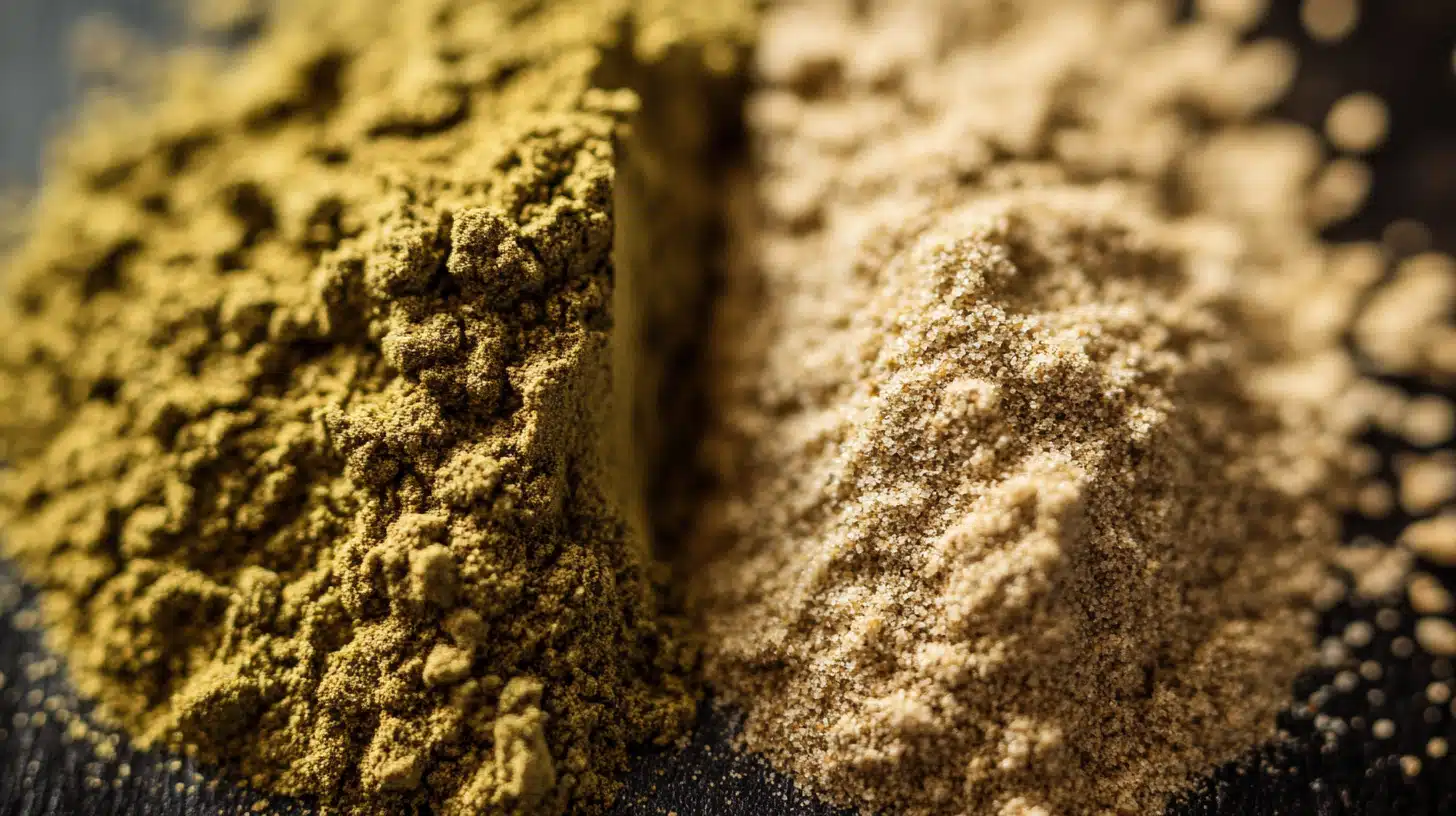
Cannabis connoisseurs often debate the merits of concentrated cannabis products. What makes one option more potent or enjoyable than the other? For those exploring these options, understanding their composition and effects is crucial to enhancing the experience.
A common comparison in this realm is hash vs. kief. While both originate from the resin glands of the cannabis plant, their preparation, potency, and uses differ significantly. To make an informed choice, it’s essential to delve into their unique characteristics and determine which best suits individual preferences.
How Concentrates Are Derived from Cannabis
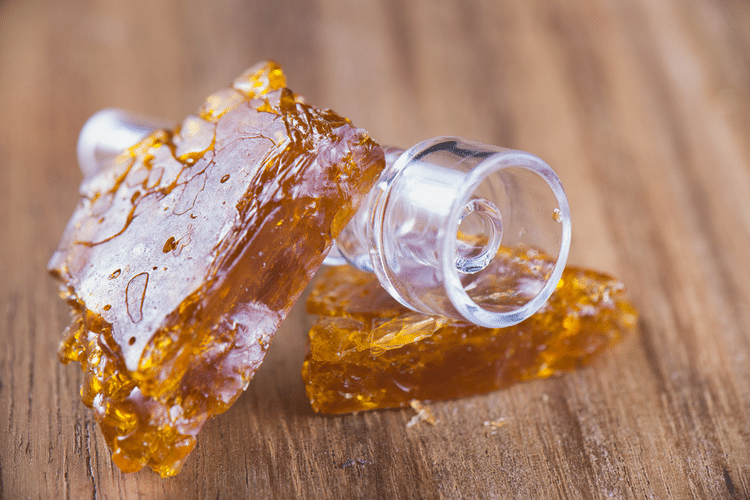
The creation of concentrated cannabis products involves collecting trichomes, the tiny resinous glands that contain cannabinoids and terpenes. These compounds are responsible for the plant’s effects, flavor, and aroma. The two most commonly discussed forms of concentrates, hash, and kief, are made from these trichomes.
Kief refers to the loose, powdery crystals collected during the grinding process. This unprocessed material retains the plant’s raw essence, making it a favorite for simplicity and versatility. On the other hand, hash is a processed product created by compressing or heating kief to form a denser and more potent substance. These differences in preparation significantly impact their effects and applications.
Comparing Potency and Effects
One of the key factors when choosing between these options is potency. Hash, due to its compact form and potential for added heat or pressure during production, often contains a higher concentration of cannabinoids. This makes it a preferred choice for those seeking a more intense experience.
Kief, while less potent in its raw form, offers flexibility in dosage. Consumers can sprinkle it over flowers for a milder effect or compress it themselves to achieve a higher concentration. This adaptability allows users to tailor their experience according to their needs.
In terms of effects, hash is often described as delivering a smooth, long-lasting high that may feel more refined. Kief provides a more immediate and raw sensation, reflecting its unprocessed nature. Deciding between the two often depends on personal preferences and the desired intensity.
Best Methods for Consumption
How these products are consumed plays a significant role in the overall experience. Both options are versatile, allowing users to incorporate them into various methods of consumption. Experimenting with these methods can help users discover their preferred way to enjoy these cannabis concentrates. Here are some popular approaches:
- Smoking: Both kief and hash can be added to flower in a joint, bowl, or pipe to enhance the potency.
- Vaporizing: Using a vaporizer designed for concentrates allows for precise temperature control, preserving the flavors and effects of both options.
- Edibles: Hash is a common choice for creating edibles due to its potency, but kief can also be decarboxylated and infused into oils or butter.
- Dabbing: This method is typically reserved for hash, as its denser texture is better suited for the intense heat used in dabbing.
Practical Tips for Maximizing Value
When deciding between these options, there are ways to ensure the best experience and value. By following these practices, users can make the most of their chosen concentrate, whether opting for the kief’s simplicity or hash’s potency. Keep these tips in mind:
- Storage: Both products should be stored in airtight containers, away from light and heat, to maintain their potency and flavor.
- Quality Check: Inspect the product for purity, avoiding options with plant debris or contaminants.
- Grinding Efficiency: Use a multi-chamber grinder to collect kief efficiently while preserving the quality of the flower.
- Experimentation: Try different strains and preparation methods to find the combination that best suits individual preferences.
Which Option is Better for Beginners?
Beginners often wonder which option is easier to use. For those new to cannabis concentrates, kief may be a more approachable choice. Its raw, unprocessed form is simple to use, making it ideal for experimentation without overwhelming intensity. Adding a small amount to a joint or bowl can enhance the experience without requiring specialized equipment or techniques.
Hash, while more potent, may require more preparation or a specific method of consumption, such as dabbing or making edibles. Beginners can still enjoy it but may benefit from starting with smaller doses to understand its effects. Ultimately, the choice depends on individual comfort levels and desired outcomes. Both options offer unique benefits, catering to different needs and experiences.
The debate over hash vs. kief boils down to personal preference and desired effects. Both options provide unique ways to enjoy cannabis concentrates, catering to various needs and levels of experience. Exploring these forms allows individuals to discover what works best for them and enhances their overall enjoyment.
















